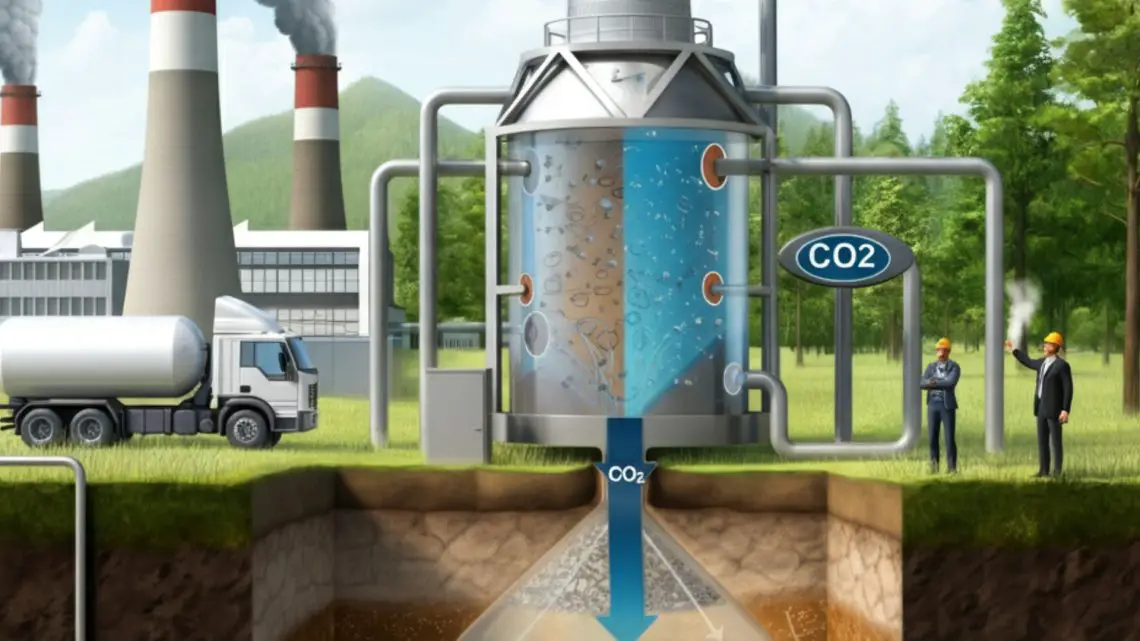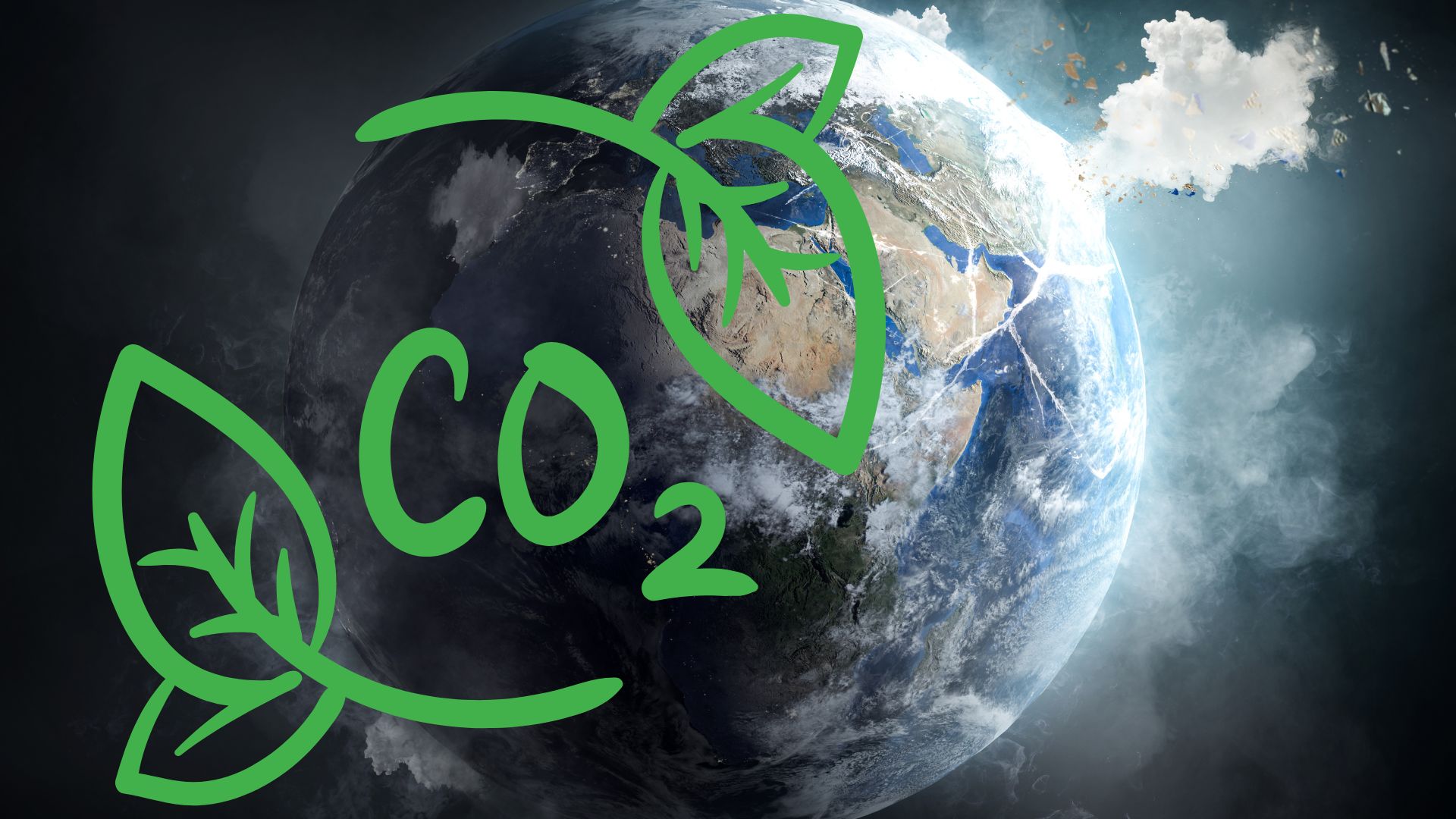
Doosan Fuel Cell Revolutionizes Hydrogen with Carbon Capture Technology
March 28, 2025Introduction to Doosan’s Carbon Capture Innovation
Imagine a future where producing clean hydrogen doesn’t come with a side of carbon emissions. Doosan Fuel Cell is making that a reality with their groundbreaking hydrogen fuel cell carbon capture technology. Developed in collaboration with Korea Hydro & Nuclear Power (KHNP) and other partners, this innovation captures over 90% of the carbon dioxide (CO2) generated during hydrogen production from natural gas. It’s not just a step towards eco-friendly power plants; it’s a leap. At a recent demonstration event in South Korea’s Gwangyang, this pioneering technology showcased its potential to redefine hydrogen as a genuinely green energy source.
How the Technology Works
At its core, Doosan Fuel Cell’s carbon capture technology integrates seamlessly within hydrogen fuel cells, turning a traditional process into something more sustainable. Typically, hydrogen extraction from natural gas releases CO2 as a byproduct. However, by embedding a membrane-based carbon capture system developed with Airrane and KECC, Doosan’s setup traps the CO2 before it can escape into the atmosphere.
Here’s an example of the efficiency at scale: A 10 megawatt (MW) hydrogen fuel cell power plant equipped with this technology can capture approximately 97 tons of CO2 daily. That’s a significant dent in carbon emissions without sacrificing energy production. And it gets better. By making fuel cells more environmentally responsible, Doosan isn’t just enhancing hydrogen’s green credentials but also reinforcing its long-term viability as a key player in carbon-neutral energy solutions.
Sustainability and Industry Impact
Hydrogen has long been hailed as the future of clean energy, but criticisms about its carbon-intensive production have cast a shadow over its potential. Doosan’s innovation addresses this head-on, aligning perfectly with global carbon neutrality goals. With a 90% efficiency in capturing emissions, this technology transforms hydrogen fuel cells into eco-friendly power plants and positions them as champions of the new green economy.
For industries under increasing pressure to decarbonize, such as shipping and electricity generation, this development is a game-changer. Clean hydrogen adoption could accelerate across sectors like transport, utilities, and heavy manufacturing, creating a ripple effect throughout the energy landscape. Policymakers and businesses alike now have fewer excuses to delay transitioning to hydrogen-powered solutions.
Timelines and Future Prospects
Doosan’s collaboration with KHNP, Airrane, and KECC began in September 2023, and they wasted no time turning theory into reality. By December that year, the pilot system was installed at Yeosu Gwangyang Port’s Maritime Industry Cluster Harbor. The initial results from January 2024 confirmed the system’s high efficiency and operational reliability, giving stakeholders confidence to push forward.
Looking ahead, commercialization seems not just likely but imminent. If all goes as planned, Doosan’s carbon capture-equipped hydrogen fuel cells could scale up by 2025. This timeline aligns with other Doosan advancements, such as the planned launch of mass-produced solid oxide fuel cells (SOFCs) that promise higher efficiency and application in both stationary and maritime energy solutions. The convergence of these technologies could redefine how we approach hydrogen as a global clean energy solution.
Broader Implications for the Hydrogen Sector
Doosan’s innovation doesn’t exist in a vacuum. Beyond their individual gains, it sets a precedent for the hydrogen sector at large. For years, skeptics have pointed to hydrogen’s “dirty secret”—carbon emissions from production methods like steam methane reforming. By not only addressing but considerably mitigating this issue, Doosan is helping hydrogen step out of the shadows and into the mainstream renewable conversation.
This development also strengthens the case for continued investment in hydrogen infrastructure, especially in regions like Asia and Europe that are aggressively pushing for carbon neutrality. Green upgrades like these could spur governments and private investors to accelerate funding in related technologies, such as hydrogen distribution and storage.
Further, collaboration is key. Doosan’s partnership with KHNP and specialized tech firms demonstrates the value of joint innovation in tackling global challenges. With shared expertise, the hydrogen sector can refine and replicate advancements like this, ultimately driving costs down and adoption rates up.
A Cleaner Tomorrow on the Horizon
Doosan Fuel Cell’s carbon capture technology is more than just an impressive engineering feat; it’s a vision of what hydrogen could become. Lower emissions, higher efficiency, and broader applications make this a development worth watching for everyone involved in clean energy.
As hydrogen evolves into a core pillar of the global energy transition, advancements like this will determine its role in a decarbonized future. Whether you’re a policy analyst, a corporate leader, or just someone rooting for a cleaner planet, Doosan’s achievement is a reminder that innovation is alive and well in the race against climate change. And with milestones like carbon capture pushing hydrogen further into the green energy spotlight, the potential for a truly sustainable tomorrow feels not just possible but inevitable.



 With over 15 years of reporting hydrogen news, we are your premier source for the latest updates and insights in hydrogen and renewable energy.
With over 15 years of reporting hydrogen news, we are your premier source for the latest updates and insights in hydrogen and renewable energy.